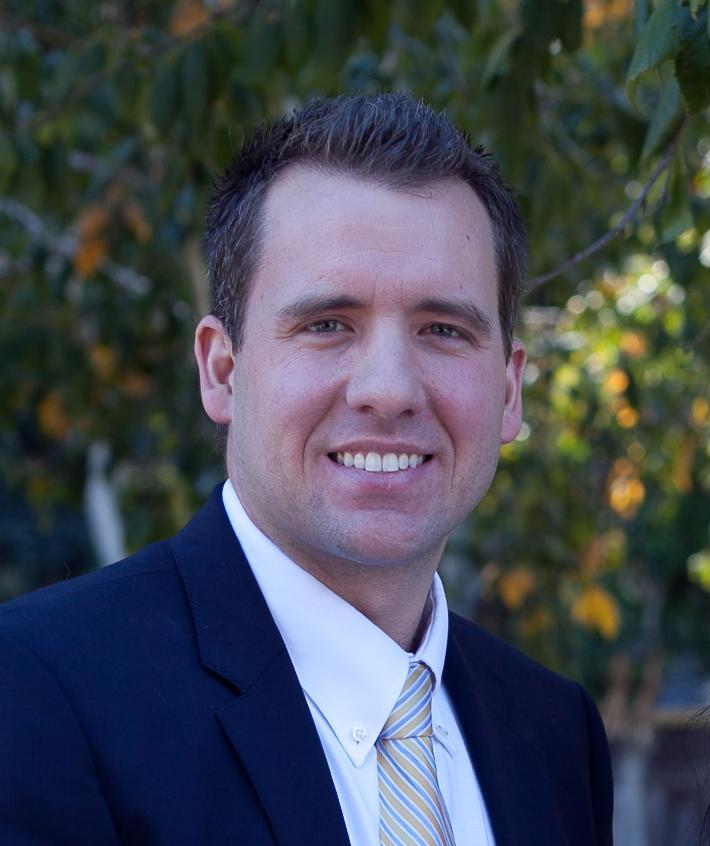SpearrinLab
laser spectroscopy, reacting flows
Principal Investigator

Dr. Mitchell Spearrin is an Associate Professor of Mechanical and Aerospace Engineering at UCLA. Prof. Spearrin’s research focuses on spectroscopy and optical sensors, including laser absorption and fluorescence, with experimental application to advanced propulsion, energy systems, and other dynamic flow fields. His interests extend to fundamental chemical kinetics studies with relevance to pollutant formation and alternative fuels, as well as broader applications of spectroscopy that involve trace gas detection for environmental monitoring and biomedical devices. Dr. Spearrin completed his Ph.D. at Stanford University, working in the High Temperature Gas Dynamics Laboratory. Prior to his academic career, Dr. Spearrin worked for Pratt & Whitney Rocketdyne as a combustion devices development engineer.
PI Message: Research in our laboratory is primarily experimental, and involves elements of fluid mechanics, thermodynamics, heat transfer, chemistry, mechanical design, and applied optics. Projects typically involve a combination of fundamental spectroscopy, measurement science, and engineering in the context of thermo-fluid systems. Please see the research links above to learn more.
